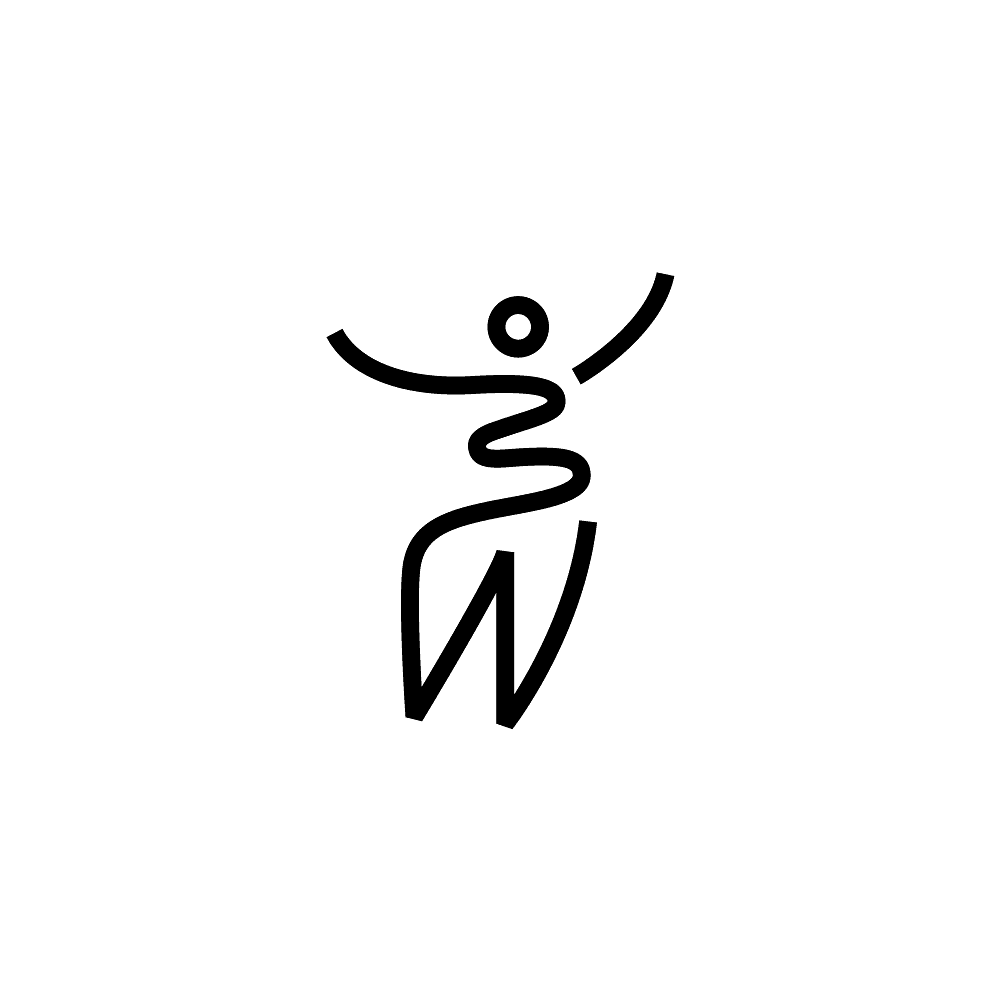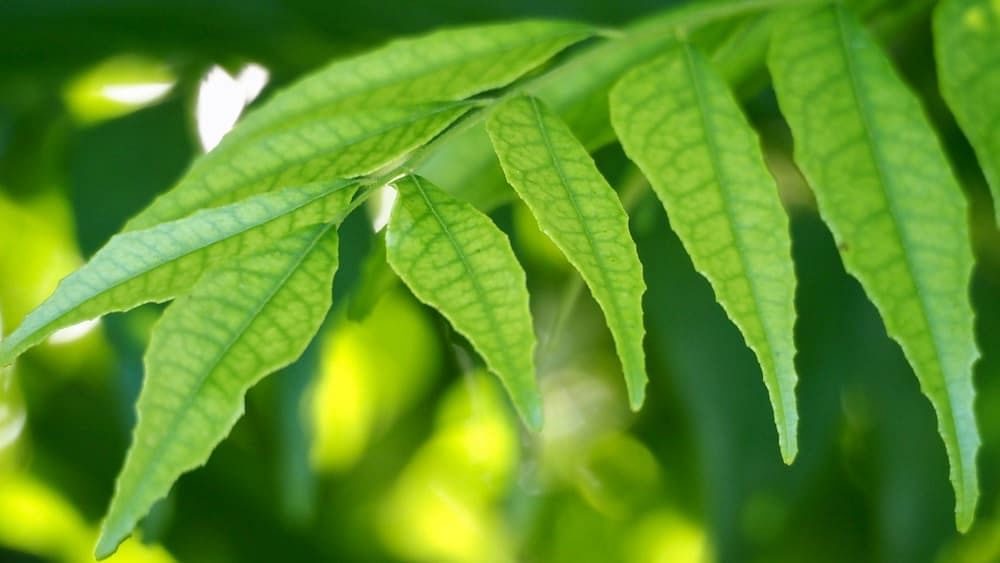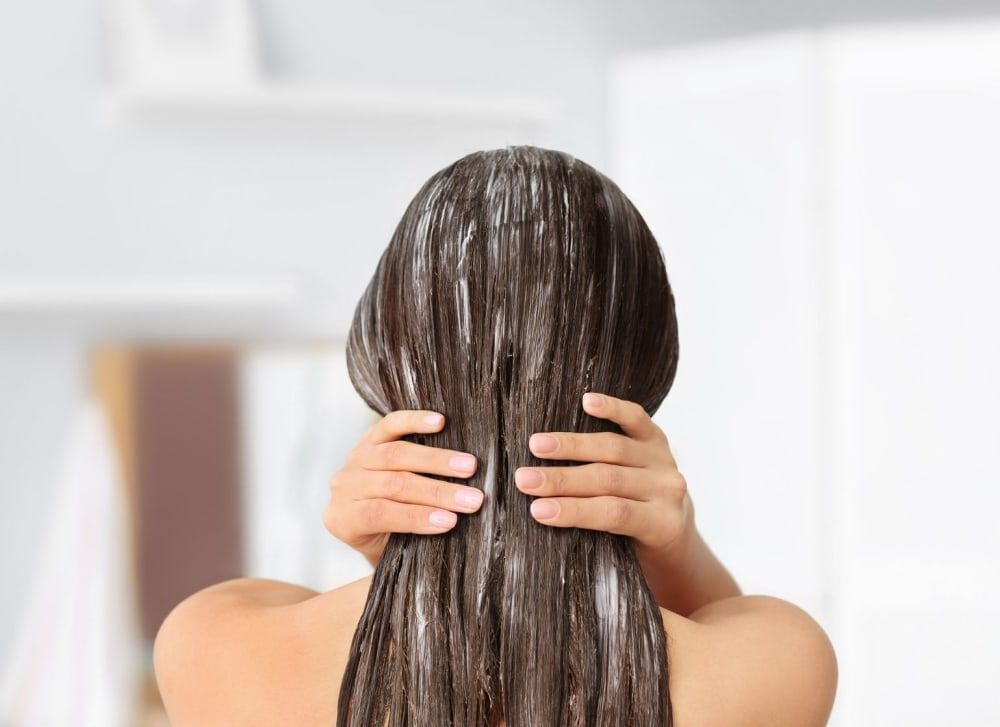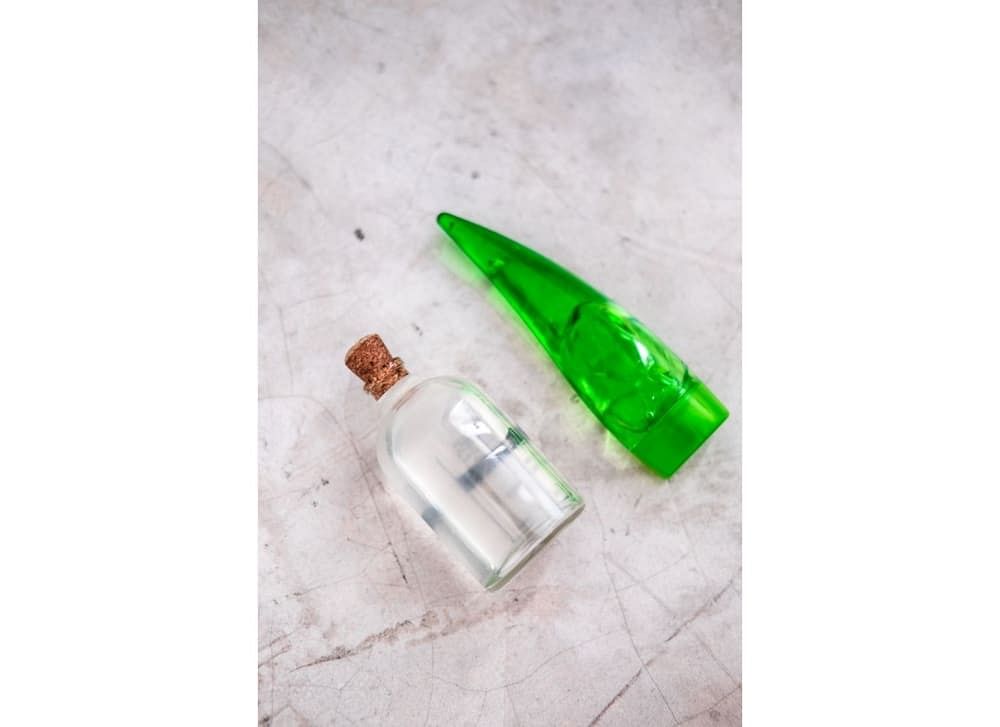It is essential to take good care of your hair and keep it healthy and shiny. But did you know that the type of comb used for grooming your hair can also affect your hair and scalp health? Well, we will tell you the 10 amazing wonders of using a wooden comb through this article!
Does Using a Wooden Comb Help Scalp and Hair?
We all want the perfect shiny, lustrous hair and the healthiest scalp. We pay so much attention to internal nutrition, invest in so many hair care products just to get those Rapunzel-like locks. But little did we know that the type of comb we use determines a huge aspect of our hair and scalp health.
Nature has bestowed upon us many marvels, and wood is one of them. Some of the best combs you can get are made of fine quality pure wood.
The wide-toothed classic wooden comb massages the scalp and improves blood circulation. Apart from benefiting the hair and scalp health, a wooden comb is also eco-friendly as it reduces the plastic burden of the planet. Since times immemorial, humans have been using combs made of wood to maintain their hair health and beauty. Here in this article, we'll tell you ten reasons why a wooden comb is good for hair.
Wooden Comb Benefits for Hair
A wooden comb is most commonly a wide-toothed comb and is the most suitable for detangling hair. Wooden wide-toothed combs are mainly used on wet, vulnerable hair to prevent hair breakage and hair loss.
They are also beneficial in combing through chemicals applied on straightened or permed hair as they are gentle on the strands. Economical, scalp friendly and gentle, these wooden combs are the best if you have fine hair prone to breakage.
Is wooden comb good for hair? If we compare the benefits of wooden vs plastic combs, the former can undoubtedly outdo the latter. The following are ten advantages of combing out your hair using a wooden comb:
1. Aids in Maintaining a Healthy Scalp
Good scalp health means good hair health. Using a wooden comb triggers the acupuncture points on our scalp and aids in blood circulation. This leads to a healthier scalp, promoting hair growth and strength.
2. Nourishes the Locks
When we comb our hair using a wooden comb, it presses the natural oils secreted on our scalp and evenly coats our hair with it. This improves hair lustre as natural oils on our scalp are good for the hair. A plastic comb, on the contrary, produces static when rubbed against these oils and makes hair frizzy.
3. Aids in Hair Growth
A wooden comb can be a suitable catalyst if one wishes to maintain long and healthy hair. This is because a wooden comb increases the blood flow to our scalp.
This, in turn, helps our hair follicles get optimum nutrients like iron. The wooden comb also eliminates and removes impurities deposited on our scalp.
4. Reduces Greasiness
Many face the greasy scalp problem caused due to the unequal distribution of natural oils secreted by the sebaceous glands within our scalp. When we use wooden combs, it aids in even distribution of oils through our scalp and the hair lengths. As the wooden comb moderates the production of sebum, it leaves our hair less oily than what may happen after combing with a plastic or metal comb.
5. Prevents Hair Loss and Breakage
Wooden combs glide smoothly through our hair strands. This results in less breakage and damage. Additionally, wood is a bad conductor of electricity. As a result, the wooden comb reduces friction, doesn't produce static and detangles the hair more efficiently.
6. Reduces Dandruff
Wooden combs are softer and gentler for our hair as well as scalp. They also prevent any harm caused to the scalp resulting from friction, nicks or cuts. At times, these cuts and nicks can dry up and form scabs that come off as a form of dandruff. Using sharp-toothed plastic combs can also scrape off dry skin flakes from the scalp, further irritating it. On the other hand, using wooden combs reduces these problems and even dandruff.
7. Eliminates Dirt and Foreign Particles From Hair
Plastic or metal combs have a charge that produces static in hair and attracts dust particles. Hence, our hair can get exposed to more dirt through plastic or metal combs. On the other hand, wooden combs brush out dirt from our hair, and because of their material, dust doest get deposited on it as much as plastic combs.
8. Reduces Risk of Scalp Allergies
Scalp allergies can get triggered while using a plastic or metal comb. If you are someone with a sensitive scalp, using a wooden comb is the wisest thing you can do. Wooden comb evenly spreads the natural oils of the scalp on hair. This not only prevents allergies but also nourishes hair more effectively.
9. Prevents Damage Caused by Static
Static produced while combing can increase frizziness and make hair more prone to damage. The production of static increases while using plastic or metal combs as both these materials are good conductors of electricity. On the other hand, wooden combs reduce static as they are bad electricity conductors. Hence they prove to be much better for our hair health.
10. Makes Hair Bouncier
Wooden combs can help in making hair bouncier. When we use a wooden comb consistently, our scalps get nourished with optimum nutrients through blood circulation. This, in turn, leads to healthier and bouncier tresses.
Neem Comb Benefits
Neem wood comb benefits the hair and scalp due to the properties of the neem. The following are neem wooden comb benefits for hair:
- Since neem wood is carbon-based and organic, it doesn't trigger any allergies.
- As neem is a natural antiseptic, neem combs have healing properties for the irritated scalp.
- Neem wood reduces frizziness and controls hair breakage.
- Neem comb massages on the scalp stimulate the hair follicles and result in hair growth.
- Most hairstylists and dermatologists recommend neem wood combs explicitly to promote better scalp and hair health.
Types of Combs
There's a perfect comb for everyone's hair texture and thickness. To choose the right comb for your hair type, you need to know what sort of combs are present in the market. The following are the different kinds of combs:
1. All-Purpose Comb
As its name implies, an all-purpose comb can handle various jobs for men, women, and children. You can use them for touch-ups or ensure your hair always looks great. They're extra sturdy, work on both thick and thin hair, and are perfect for any size of the job.
The seven-inch combs are very popular for all-purpose combs, but because they tend to be longer than most other styles, they are usually used only at home since a smaller comb is needed in a purse or wallet.
2. Barber Comb
Barbers often use these types of combs since they can cut and trim hair while not getting too close to the head. This comb comes in a fine-toothed and wide-toothed style.
The combs are tapered, being wider at one end than the other, and they serve as a guard to prevent the barber from damaging the scalp. In fact, they're very similar to the guards on electric clippers. It is not always easy to find them, but you should purchase them from a good beauty supply store.
3. Fine-Tooth Comb
When you want to have all of your hair in place, a fine-tooth comb is what you need. These combs have teeth close together, making your hair look neat and tangle-free. Thick hair may not fit through fine-tooth combs, or it may break while you use it, so you are unlikely to benefit from using one.
It can also cause you to shed more hair than you want. However, for most people, a fine-tooth comb makes their hair look better and can almost replace their brush.
4. Pick Comb
Pick Combs typically have wide teeth and a short handle, and you can also tease your hair with them. They are available in different colours and sizes and can be made of plastic or metal. Pick combs are perfect for people with frizzy hair or thick hair, and they are small enough to fit in your pocket or purse.
5. Pin Tail Comb
Pintail combs are similar to rat tail combs, but the tail of the handle - is much thinner and finer. If you wish to more precisely part your hair, the pintail comb is the best tool to use. These types of combs can be true miracle workers if you use a flat iron to straighten your hair.
6. Pocket Comb
Generally, pocket combs are just small combs that are meant to fit into your pocket. They usually have a wide-tooth side and a fine-tooth side to accommodate all hair types, but their main distinguishing feature is their small size.
Moreover, they are extra durable due to the fact that they are meant to be placed inside a pocket. They can easily be found, are cheap, and last a long time. Pocket combs are available in a variety of colours, but the majority are black and very basic in design.
7. Rake Comb
Rake combs are so named because of the appearance of their teeth. The rake combs' teeth are thick and wide apart, and they resemble a rake. When you have a mess on your hands, a rake comb is almost certain to straighten it out.
With this comb, you can comb through your hair with minimal hair loss and pain, and it is a lot less time consuming than using other types of combs. The fact that most of them come with handles also makes them convenient to use whenever you need a hair comb of this type.
8. Rat Tail Comb
Rattail combs are more than simply combs with handles. The handle is thin and long, and you use it to create the parts in your hair and to straighten them. Using the handle of the comb, you can do your part on either side or down the middle, and you'll always be satisfied with the results.
Rattail combs are easy to find, well made, and inexpensive, so you may wish to stock up on them if you wish. The comb section is usually a fine-tooth, so it works well whenever you need to create a part, then comb the rest of your hair. Children and adults alike can use them as well.
9. Teasing Comb
There are many different ways for those with thin hair to get a fuller look. If you wish to add some volume and texture to your hairstyle, you can use the teasing comb. Combs usually have multiple lengths of teeth, and they are often made of metal instead of plastic.
Use the comb by picking up strands of hair in the direction of the comb and holding them up straight. Then, run the teasing comb through each strand roughly six to ten times. Using this method, you can give each section of your hair as much body as you like by adjusting the number of strands you use and the number of times you comb your hair.
10. Wide-Tooth Comb
Wide-tooth combs have teeth that are spaced far apart, and they're mainly used for combing out wet hair. Wet hair is more fragile and vulnerable than dry hair, so using a wide-tooth comb when you're wet will help you prevent split ends.
Also, wide-tooth combs are great for combing through the chemicals used in perming or straightening your hair since they are gentler on your hair than brushes. Furthermore, wide-tooth combs are very inexpensive, so it is easy to have several of them around the house.
How to Clean a Wooden Comb
It is essential to clean our combs regularly to avoid hair and scalp damage. Here are a few tips that you should keep in mind:
- Rub petroleum jelly on the comb's teeth and handle. Leave it for an hour, and then use a soft cloth to wipe off the muck.
- Oil is an excellent alternative to petroleum jelly for cleaning the wooden comb. Flaxseed or linseed oil is best suited for this purpose. You'll need to coat the wooden comb liberally with these oils and let the oil sit on it for an hour or two before you wipe it off with a soft cloth.
- Sandpaper can also clean the comb's teeth and the dirt inside. Gently scrape sandpaper between each tooth of the comb to remove the deposited dirt.
- Avoid using water to clean your wooden comb as water may damage it.
- Don't use harsh chemicals like detergents, bleach or liquid soaps for cleaning your wooden comb.
- Don't use heated dryers to dry out water from a wooden comb, as this can damage the comb.
Wooden Comb Price
Usually, most wooden combs are quite inexpensive and come between ₹100-500. However, if someone is looking for some premium combs, they can opt for the luxury range of around ₹1000-1500.
These premium combs are made using the most delicate blend of neem wood, walnut bark, and teakwood. However, they don't offer any additional benefits compared to their moderately priced counterparts. The high cost is attributable to the carvings on or design of the comb.
Wooden Comb vs Plastic Comb
Wooden combs have a lot of benefits over plastic combs. Wooden combs are organic and don't leave any chemical deposits on the hair and scalp. Plastic combs, on the other hand, may have chemical paints and varnishes that can damage your hair.
While plastic combs produce static due to friction when combing and make hair frizzy, wooden combs evenly spread the natural oils on our scalp and nourish the hair. They are gentle on our hair and easily detangle the tresses without causing hair breakage.
Summing Up on Wooden Comb Benefits
A wooden comb is suitable for all hair types. These combs are available easily in the market and are very moderately priced.
While choosing a wooden comb, avoid buying the painted, varnished, or chemically treated ones, as they might expose your scalp and head to harmful substances. It's always better to purchase the most natural comb made of 100% pure Neem wood or Rosewood.
FAQs
1) Should We Comb Wet Hair?
Combing wet hair is a safe bet only if you use a wide-toothed wooden comb to detangle your tresses. You must avoid vigorously combing or styling damp hair as they become more prone to breakage.
2) What Are the Side Effects of Not Combing Hair?
Not combing hair for an extended period is exceptionally harmful to hair. Combing takes out dust, dead skin, and residue stuck on the scalp and hair. It is helpful in detangling hair too. If these things are not done, then our hair can get matted, and the scalp can get prone to infections due to unhygienic conditions. However, excessive hair combing is also damaging to the scalp and hair strands.
3) Should We Comb Wet Hair?
If we wash the hair, the pores of our scalp are already open, making it sensitive. On combing, this causes hair breakage. Therefore, we do not recommend combing wet hair.











